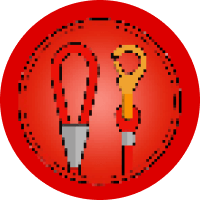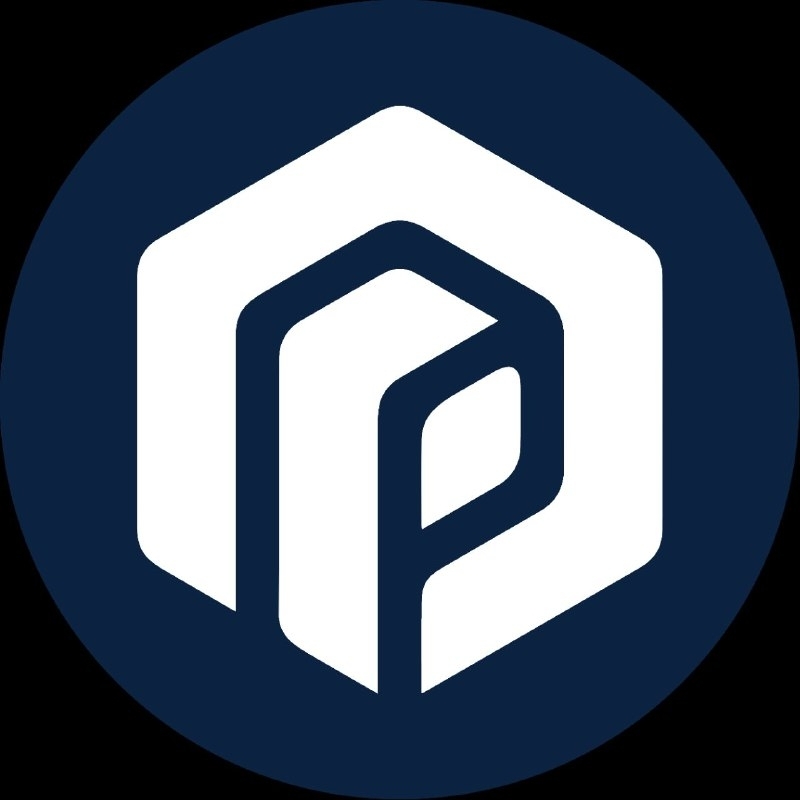When Did Cardano Launch: A Journey into the Future of Blockchain

The Genesis of Cardano: A New Era in Blockchain Technology
In the fast-evolving world of blockchain and cryptocurrency, Cardano stands out as a beacon of innovative disruption. Born from a distinct vision to address the fundamental challenges of blockchain technology, Cardano's journey is nothing less than remarkable. But when did this blockchain marvel make its grand entry, and how has it managed to stay relevant in such a competitive landscape?
Cardano's Launch — Marking a New Beginning
The inception of Cardano dates back to September 29, 2017, when the platform officially launched its mainnet. This moment marked the beginning of a new chapter in the history of blockchain technology, characterized by meticulous research and a commitment to solving existing problems in the industry.
Cardano, unlike its predecessors, was crafted with a primary focus on sustainability, scalability, and adaptability. The approach was scientific, employing peer-reviewed research and evidence-based methods to pave the way for a third-generation blockchain system.
From Vision To Reality: The Birth of a New Blockchain
The brains behind Cardano, Charles Hoskinson, was one of the original co-founders of Ethereum. His experience highlighted prevalent issues within first and second-generation blockchains, sparking a desire to create something more enduring. Cardano emerged from this aspiration, emphasizing the need for a more robust and sustainable framework.
Cardano's unique architecture set it apart from other platforms. It employed a layered architecture, consisting of a settlement layer, where transactions are processed, and a computational layer, allowing for the creation of decentralized applications. This separation allowed for greater scalability and security, aspects previous networks struggled with.
Cardano's Distinctive Features: Pioneering New Standards
Cardano’s thoughtful development introduced several key features that have cemented its place in the crypto world:
-
Proof of Stake (PoS) Consensus: Cardano utilizes Ouroboros, a PoS protocol that guarantees enhanced security and energy efficiency. Unlike Proof of Work (PoW) used by Bitcoin, PoS requires less computational power, making it environmentally friendly and cost-effective.
-
Decentralization and Governance: With a focus on decentralization, Cardano seeks to allow more user participation in network maintenance and decision-making processes. Its governance model ensures democratic participation, where ADA holders influence the future of the network.
-
Research-Driven Approach: Cardano's development is backed by academic research. This rigorous process ensures that only verified and optimized solutions are implemented, enhancing the system's reliability and efficiency.
-
Interoperability and Facilitation of Global Transactions: As global transaction support becomes integral, Cardano introduces mechanisms for interoperability with other blockchains and traditional financial systems.
The Impact of Cardano's Launch on the Crypto Market
Since its launch, Cardano has continuously evolved, leading the way with its consistent updates and enhancements. It has nurtured an expanding community of developers and users, each contributing to its growing ecosystem.
The mainnet launch was just the beginning. Cardano's strategic roadmap, outlined in multiple phases like Byron, Shelley, Goguen, Basho, and Voltaire, depicted a clear, methodical path forward. This progressive structure held up various technological advancements enriching Cardano's functionality and user experience.
Investors and developers alike were captivated by Cardano's potential. Its launch brought about an unparalleled usability aspect for decentralized applications, smart contracts, and wider adoption in Defi (Decentralized finance). Cardano soon climbed the ranks to become one of the most valuable cryptocurrencies in the market.
Challenges and Triumphs: Navigating the Crypto Ecosystem
While Cardano has realized considerable success, its journey has not been devoid of challenges. The highly competitive and volatile nature of crypto markets means Cardano, like any other cryptocurrency, faces constant scrutiny of its growth and security.
Yet, its fundamental philosophy and solid technological backbone continue to drive its growth. The project has weathered market turbulence, gaining resilience and adapting to the ever-changing crypto landscape.
Cardano’s Community: The Heartbeat of Its Ecosystem
A significant feature fueling Cardano’s rise is its thriving community. Developers, investors, and enthusiasts across the globe form a vibrant network constantly pushing the boundaries of Cardano’s capabilities.
Both the Cardano community and the ecosystem have infused life into the blockchain, supporting its transition from one phase to another as newer capabilities and improvements unfold.
The Future of Cardano: Embracing Innovation
Cardano's journey is a promising canvas, painted with potential and innovation. As it continues to develop, several avenues remain ripe for exploration – the adoption of smart contracts, potential partnerships, and the pursuit of scalability and performance.
Moreover, its focus on real-world solutions and the enhancement of decentralized finance initiatives positions Cardano well within the new Web3 economy – an arena that emphasizes user governance, digital ownership, and financial inclusivity.
Chasing the vision it embarked on back in 2017, Cardano stands ready to leave an indelible mark on the blockchain industry. As Cardano continues to redefine possibilities, it promises a future where blockchain technology meets every day life in unprecedented ways.
Cardano’s story is a testament to how determination, innovation, and community can herald a renaissance in the digital world. As you consider your next steps in the cryptocurrency journey, the timing might be just right to explore what Cardano and its cutting-edge advancements have to offer for you.
Latest articles
See moreAbout author
I'm Ravi Clark, a bilingual guide in the crypto space. I interpret the transformative journey of Ethereum 2.0 and the risk assessment of DeFi lending protocols in English, while analyzing the opportunities in Delhi's crypto startup ecosystem and blockchain education initiatives in North India in Hindi. Having participated in a government blockchain pilot project in New Delhi and explored global collaboration models of DAO organizations in San Francisco, I'll present the real-world applications and future visions of blockchain technology across diverse regions and cultures through bilingual storytelling.





















